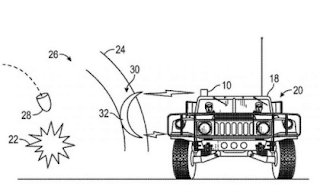For centuries, the city lay hidden amid jungle canopy in the state of Campeche, on the Gulf of Mexico. New research published last 29 October in the journal Antiquity reveals sites that in total cover area about one-and-a-half times the size of Washington, D.C.
Other researchers worked their way towards the densely packed area containing 6,674 structures, including pyramids resembling those at Chichén Itzá in the Mexican state of Yucatan, and Tikal, an ancient citadel in the rainforests of northern Guatemala.
Luke Auld-Thomas, a Ph.D. candidate at Tulane University in New Orleans, Louisiana, "stumbled across the discovery" while browsing on the internet, according to Marcello Canuto, an anthropology professor at Tulane University.
The data, gathered by a research group studying land-use patterns, came to light using modern drone mapping technology known as LiDAR — light detection and ranging equipment.
LiDAR maps are used by a wide range of researchers to collect data for archeological and nonarchaeological purposes, but Auld-Thomas took the data and analyzed the maps with methods used by archaeologists.
A research team then went on to discover a huge ancient city that they named "Valeriana" after a nearby freshwater lagoon.
The researchers say Valeriana, which may have been home to 30-50,000 people at its peak, probably collapsed between 800 A.D. and 1,000 A.D., for a complex set of reasons, including climate change. "The growing consensus is that climate variability was a major factor causing stresses, adaptations and reactions, leading to more systemic unrest," Canuto told NBC News.
It was partly because they were so densely populated and gradually, over a few generations, could not survive climate problems.









































